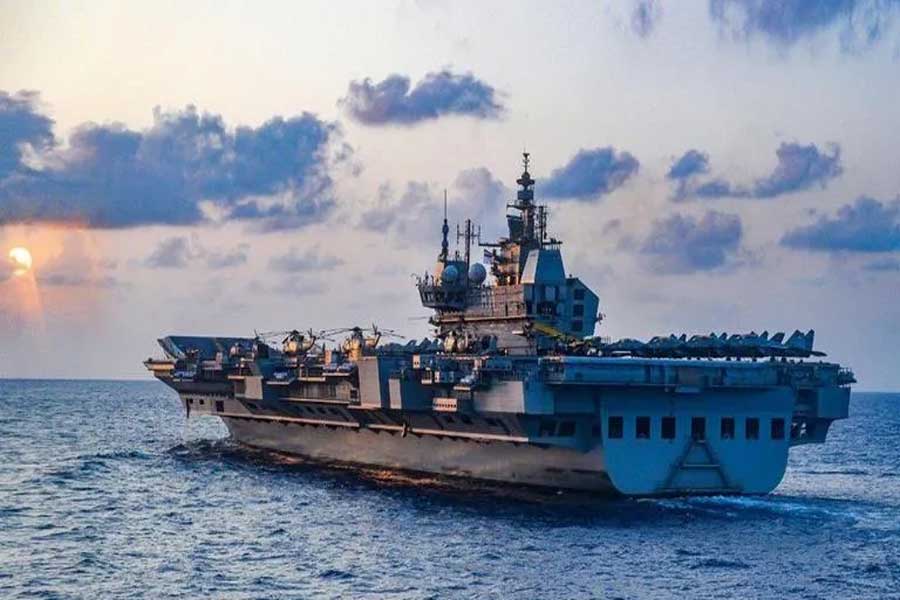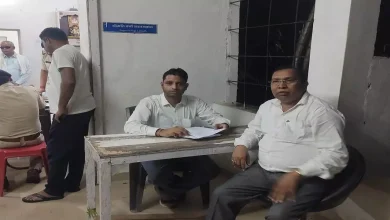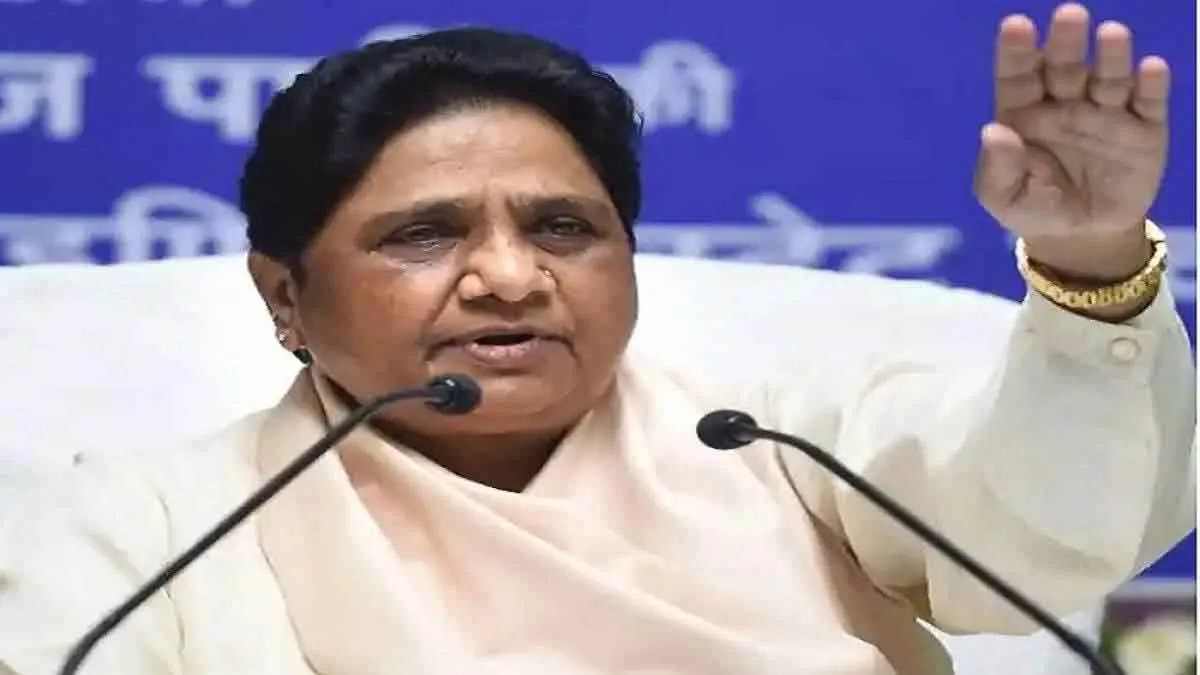Indian Navy Pushes For Second Indigenous Aircraft Carrier After INS Vikrant’s Success

In a significant development, the Indian Navy has taken a pivotal step towards enhancing its maritime capabilities by submitting a proposal to the Ministry of Defence. The proposal seeks approval for the production and procurement of a second indigenous aircraft carrier, aligning with Prime Minister Narendra Modi’s ‘Make in India’ program, a cornerstone of India’s defense strategy emphasizing self-reliance and domestic production.
The proposal’s approval would signify a strategic leap for India’s defense capabilities, further bolstering the nation’s maritime strength. The Cochin Shipyard Limited (CSL) in Kochi is well-positioned to spearhead the construction of this crucial asset, underlining India’s commitment to advancing its indigenous defense capabilities.
INS Vikrant: A Symbol of India’s Naval Prowess
Sources within the Indian Navy have indicated a strong endorsement for awarding the project to the Cochin Shipyard Limited, renowned for its expertise in naval vessel construction. The Ministry of Defence is expected to convene soon to meticulously evaluate and authorize the proposal that the Navy has diligently put forth.
The commissioning of India’s first indigenous aircraft carrier, Indian Naval Ship (INS) Vikrant, by Prime Minister Narendra Modi on September 2, 2022, marked a historic milestone for the nation. During the ceremony, PM Modi emphasized that Vikrant is not just a warship but also a symbol of India’s 21st-century prowess, achievements, and unwavering commitment to defense self-reliance.INS Vikrant stands as a testament to India’s indigenous potential, with even the steel used in its construction developed by DRDO scientists and manufactured by Indian companies. Prime Minister Modi drew attention to the carrier’s colossal size, comparing it to a floating city. Its operationalization included successful landings of light combat aircraft (Navy) and MiG-29K on the carrier in the Arabian Sea, showcasing India’s proficiency in utilizing indigenous assets.
Strategic Vision: A Three-Carrier Force
With the proposal for a second indigenous aircraft carrier, India aims to maintain a robust three-carrier force. This strategy ensures the ability to deploy one carrier on each coast while allowing for necessary refits and maintenance, enhancing the nation’s overall defense posture.
Beyond its strategic significance, the construction of IAC-2 holds the promise of substantial employment opportunities in and around Kochi, where the Cochin Shipyard Limited will be located. This initiative not only bolsters India’s maritime defense capabilities but also contributes to the nation’s economic growth and self-reliance in defense production.
In conclusion, the Indian Navy’s proposal for a second indigenous aircraft carrier reflects a resolute commitment to defense self-sufficiency, strategic advancement, and economic development. If approved, this endeavor will mark a significant stride in India’s journey towards strengthening its maritime defense and overall national security.
















